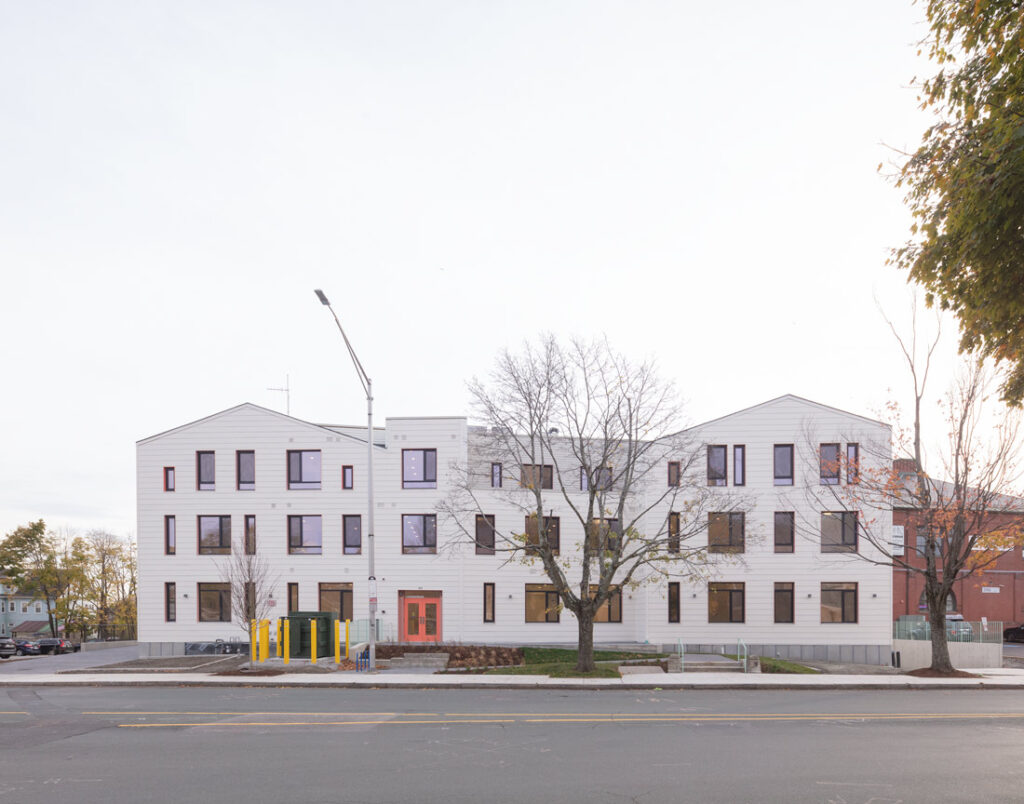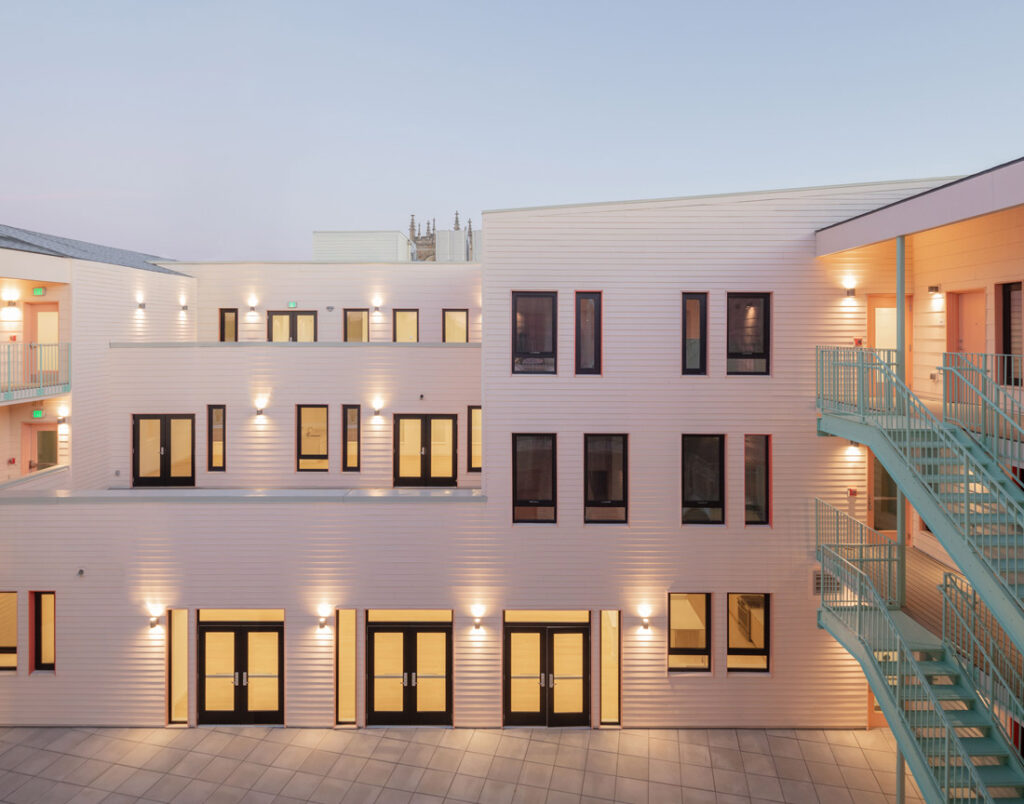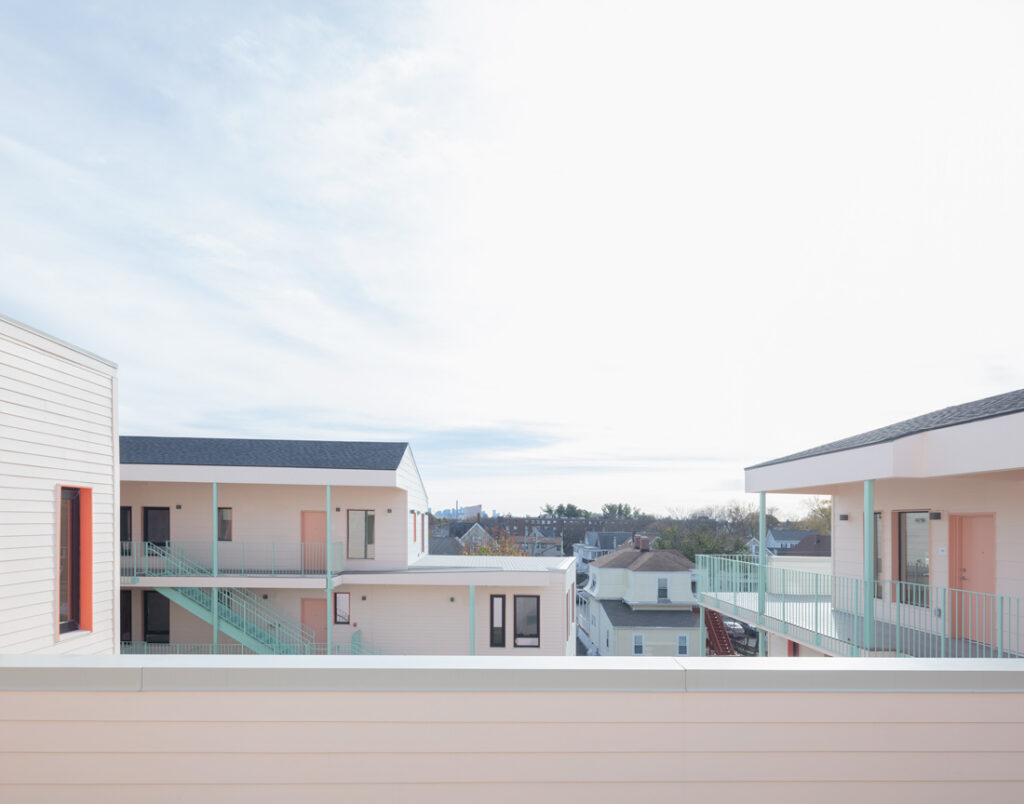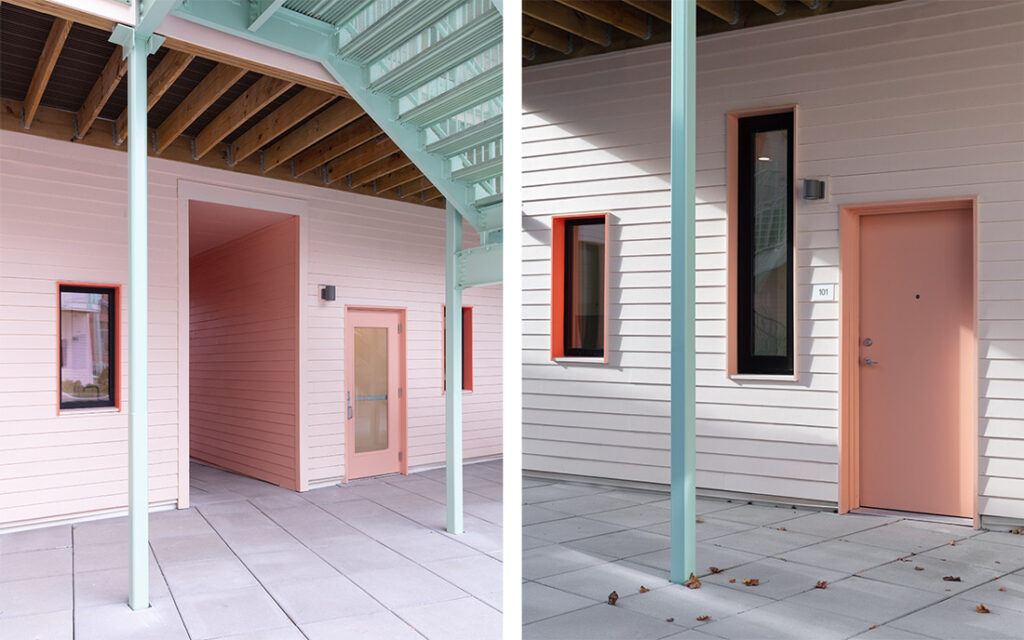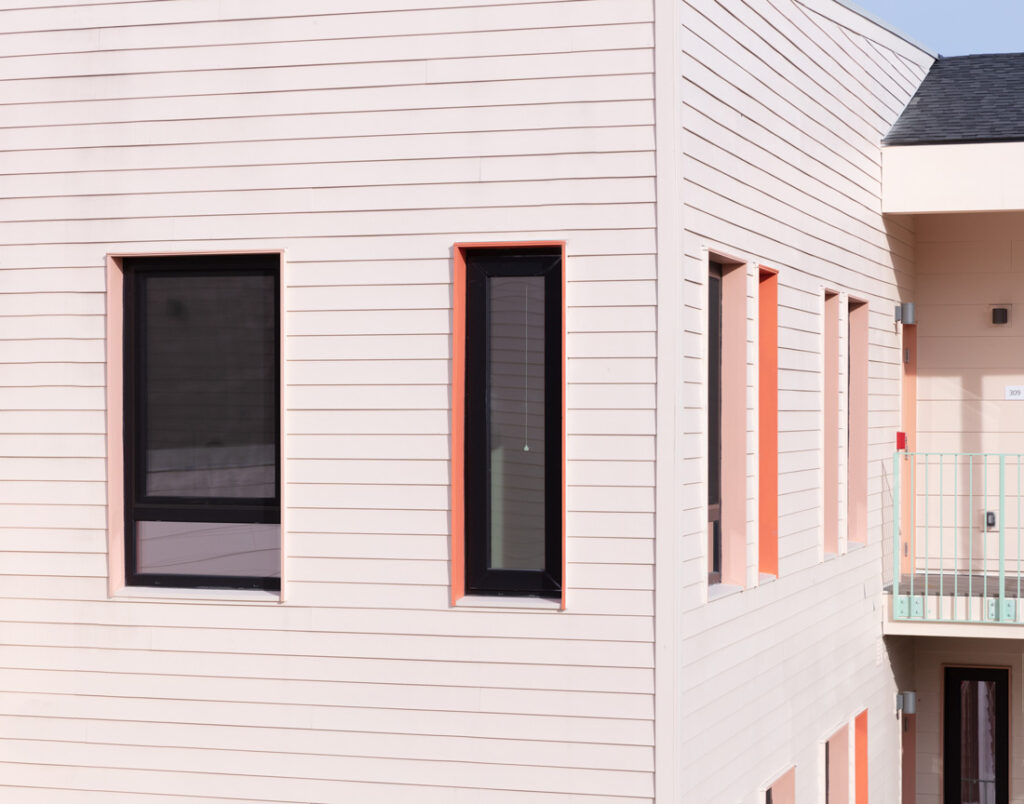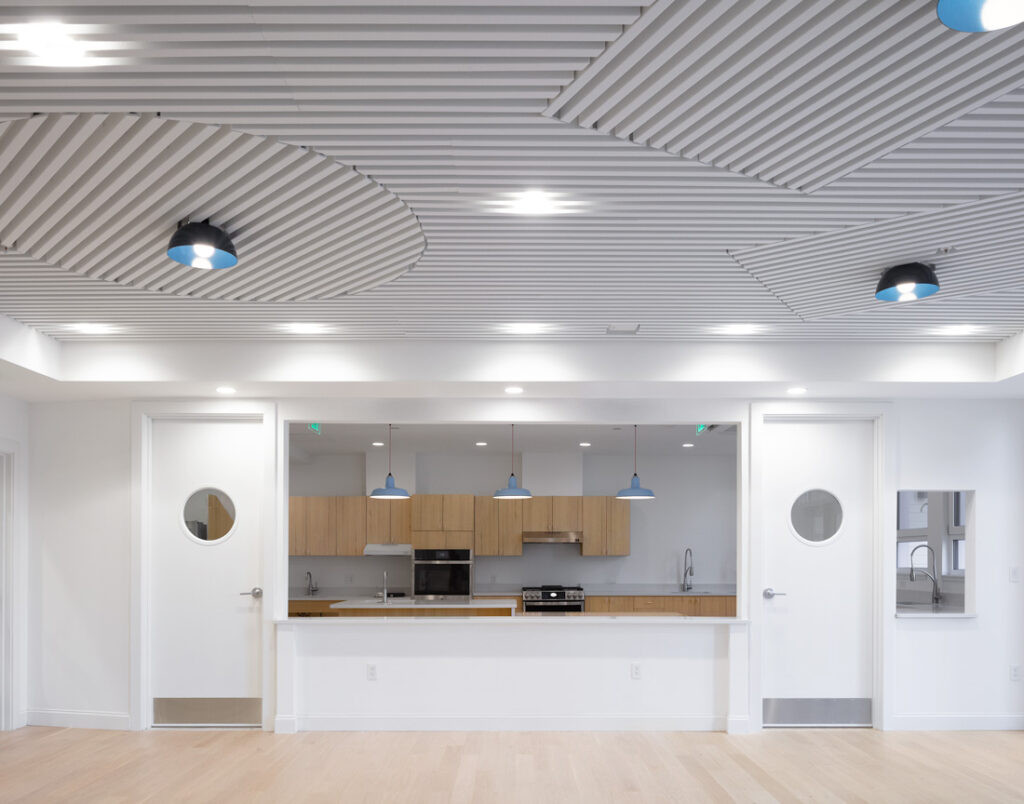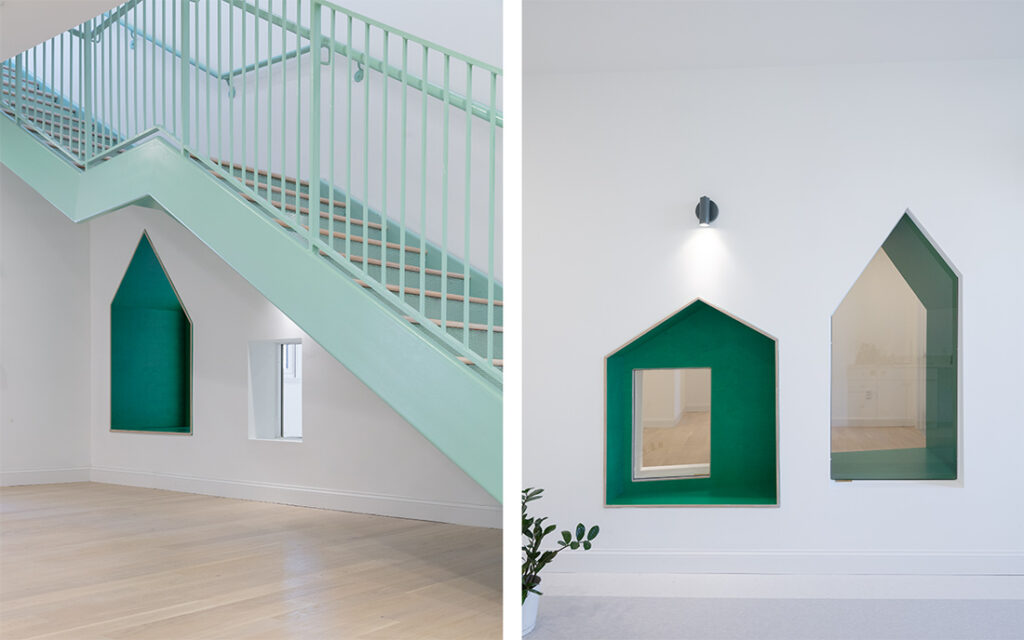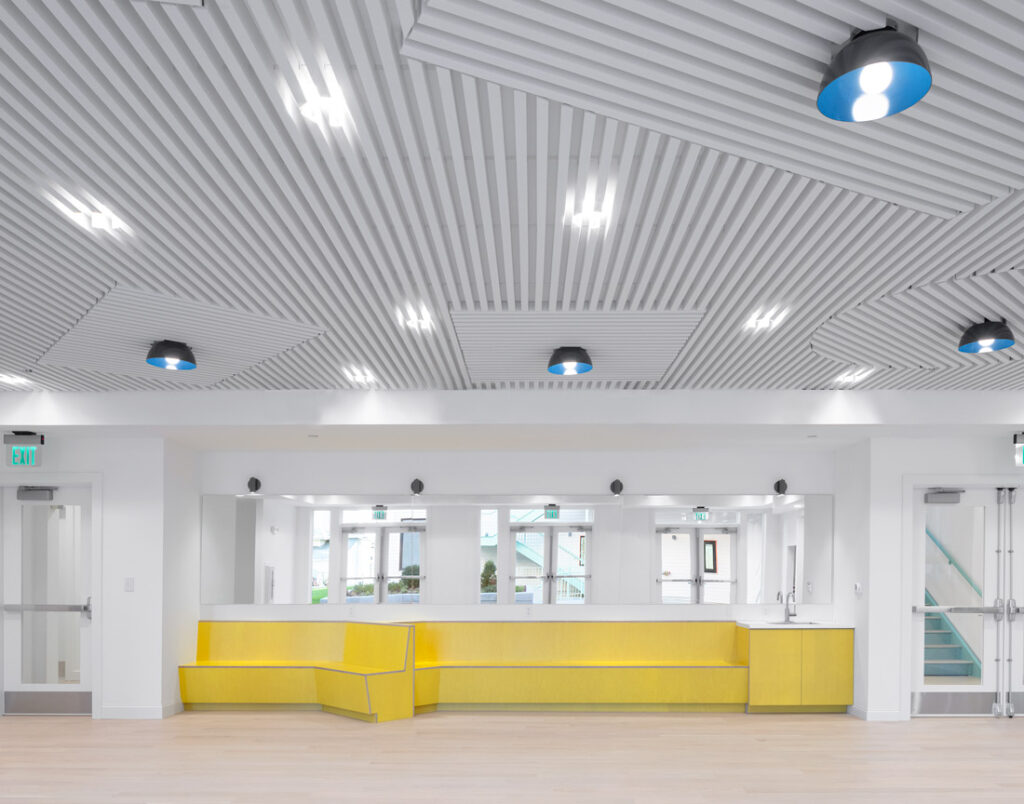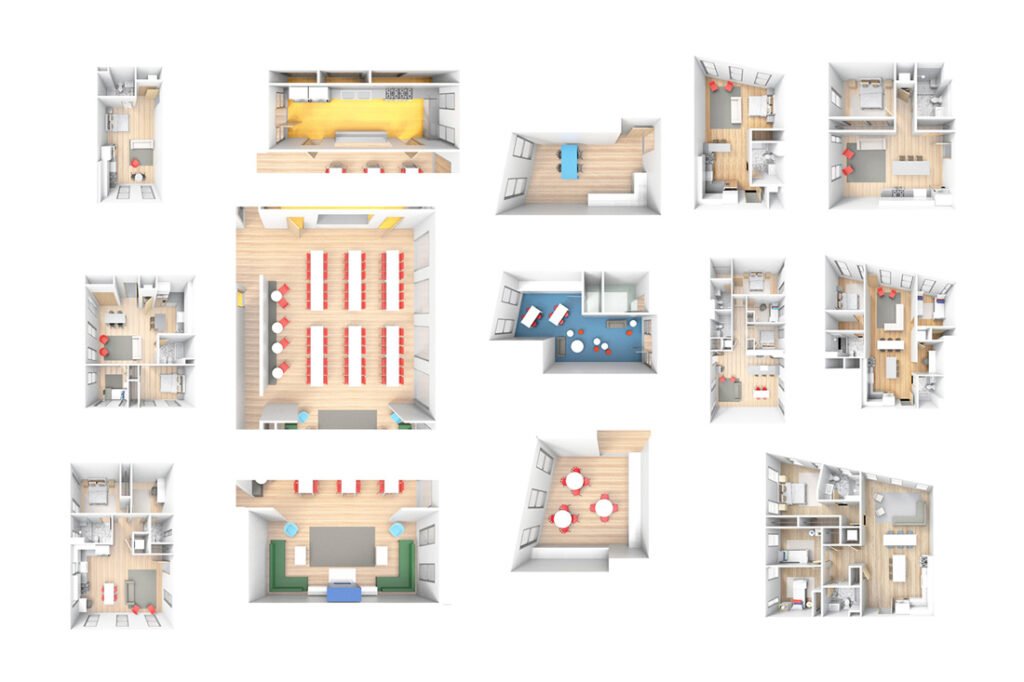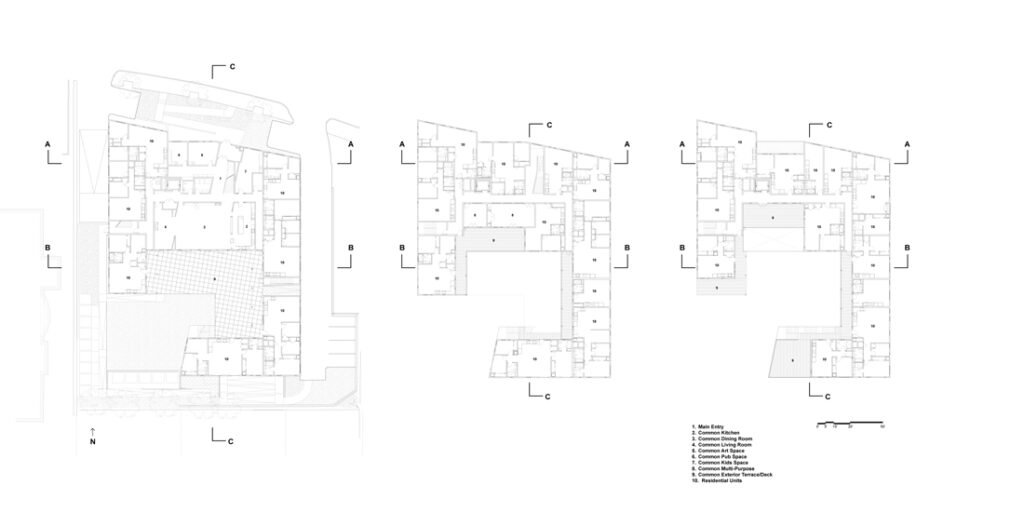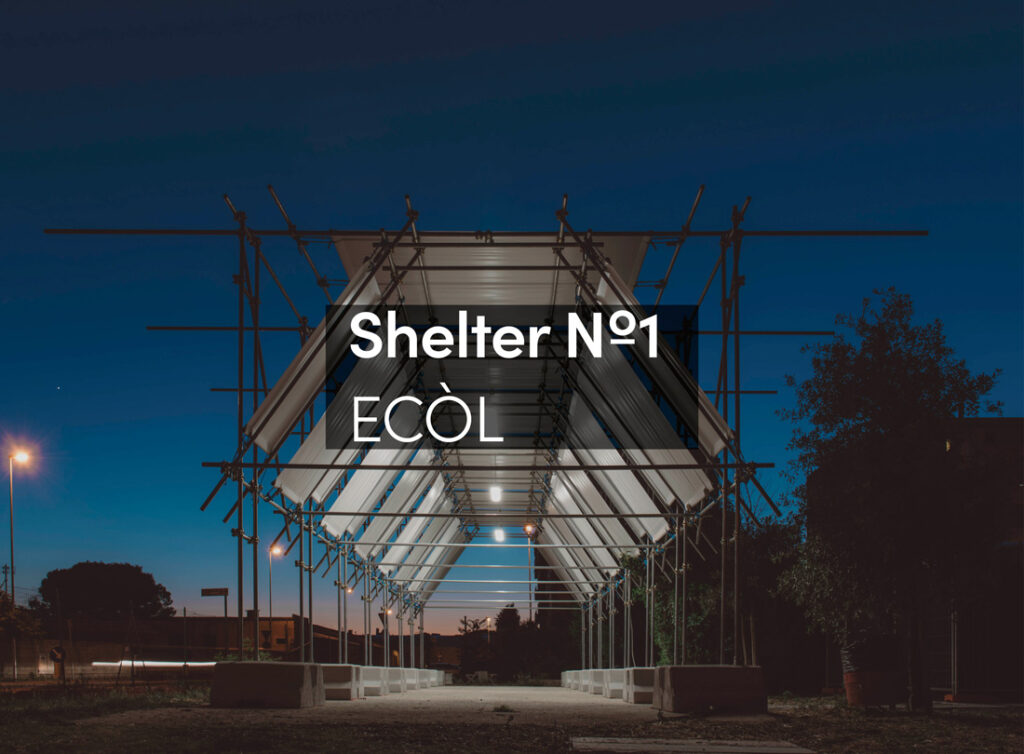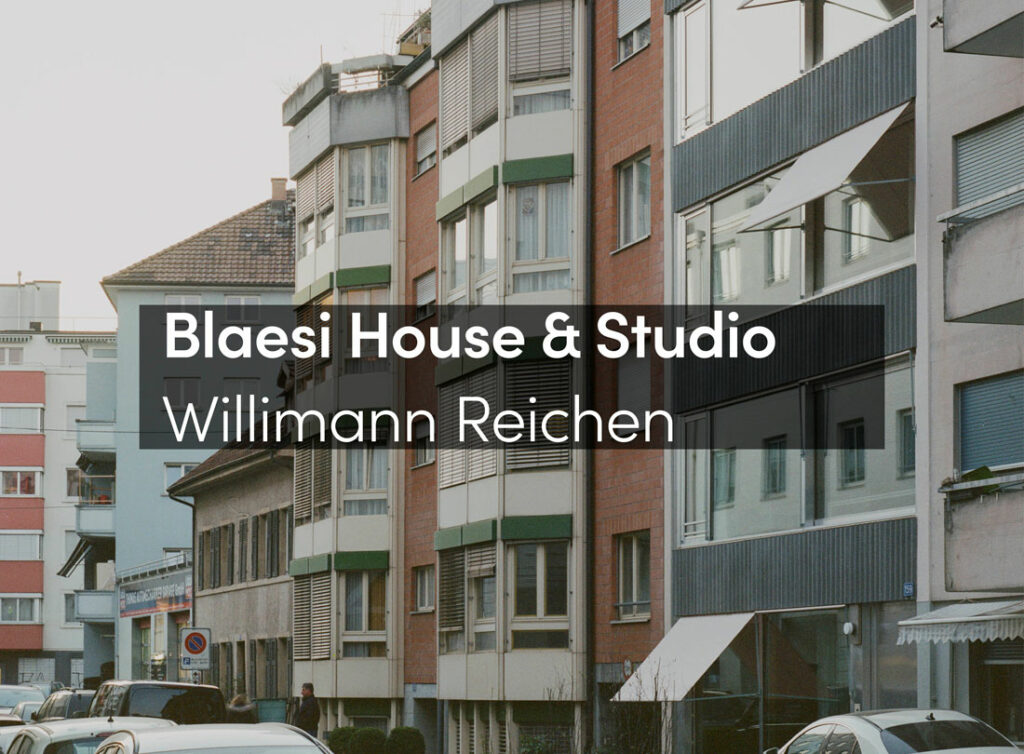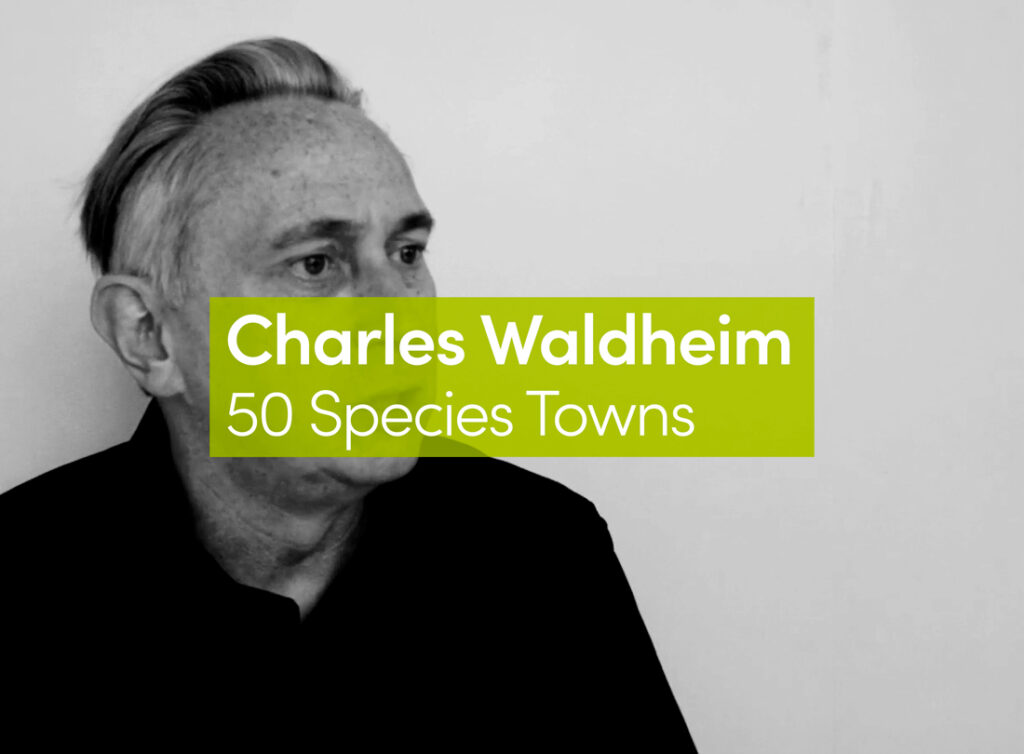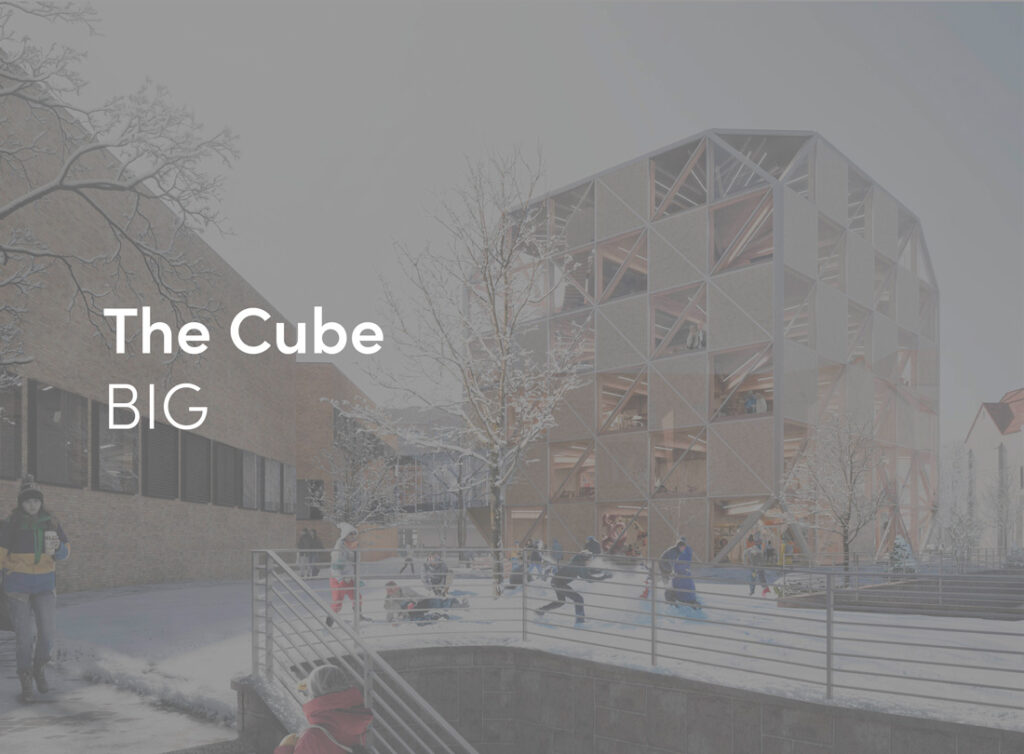Boston-based architecture studio French 2D has designed Bay State Cohousing, a typology-challenging, 45,000-square-foot collective housing complex for 30 households. Situated in Greater Boston’s city of Malden, the innovative community is the first of its type under Malden’s newly created Cohousing Zoning Ordinance, legislation that French 2D helped catalyze. The project was envisioned in collaboration with its residents: a multigenerational group of families and individuals seeking to develop alternative shared housing, support, friendship, and collective values. The participatory design process emphasized mutual support and the central values of consolidating and sharing resources from land and energy to cars and material goods.
The North American cohousing model is a form of intentional community often bringing people together around a common purpose and is typically arranged as a collection of single-family homes surrounding a common house for community activities. In contrast with this model, French 2D’s innovative design for Bay State Cohousing could be read as a single collective house, while simultaneously functioning as a collection of 30 dwellings. Each of the units provides the amenities of a private home, embedded within a larger framework of shared spaces and resources, including communal terraces, gardens, a dining room for 100, community pantry, workspaces, and spaces for yoga, media, music, and more.
The constraints on the size of the site, coupled with the desired program, encouraged French 2D to create an ethos of abundance within limited resources. While, traditionally, cohousing in North America has taken advantage of horizontal spatial arrangements, in this case, the ¾-acre urban site demands a rethinking of the model. Found after years of searching, the site is steps away from both a Boston subway stop and a thriving and diverse downtown. French 2D built upwards, taking advantage of stacking and interlocking units, keeping private units small – in plans ranging from micro-studio through three-bedroom – and consolidating square footage for use by interior and exterior common spaces. The pooling of space and certain resources, while maintaining individual household ownership and separation of finances, encourages mutual aid and support between households, as well as the creation of broader extended families built upon friendship and choice.
Paths throughout the building and site provide accessible routes and common areas with richly layered interior and exterior spaces. Half of the units and common spaces overlook the interior courtyard and lawn, and have access at every level to exterior points of intersection, in which residents can naturally cross paths and intentionally come together for mutual care and support. Rather than being about surveillance, these connections create reciprocity across multiple spaces for gardening, chatting, playing, reading, or lounging. Many of the community’s older residents and those with children chose these courtyard-facing units to be near to one another, to the garden in the terraced beds at the rear of the site, and to the informal play space in the courtyard and the lawn.
To reinforce desired connections, the design pays close attention to informal collective awareness. To allow for visual transparency across the community, the designers eliminated double-loaded corridors, instead inventing arrangements in plan and section not typical of multi-family housing. For example, a semi-enclosed courtyard with exterior walkways seamlessly intertwines with interior corridors and embedded common spaces. Breaks and asymmetries in plan create reciprocal connection, seen in a pair of decks on the second levels that exchange views across an open corner of the incomplete courtyard.
French 2D’s collaborative design process is based on their belief that future residents have the capacity – and should have the agency – to make major decisions about the design of their environment. Through workshops and consensus building, the designers addressed a myriad of concerns, from site access and environmental impact to the daily lives, chance meetings, and social vibrancy of its future residents.
“In a field saturated by profit-driven multifamily speculation, this project finds resonance between client-led development and architect-led experimentation. We hope this project can serve as a replicable model for alternative American housing,” say principals Jenny and Anda French, speaking about the potential for urban cohousing to be a subversive counterpoint to the housing market. “In both its conceptual core and its built reality, we have maintained that architecture is capable of pairing considered, complex form with the customs and comforts of a collective community. An open courtyard lined by stealthily coordinated single-loaded corridors, reshuffles the boundaries between private lives and common territories.”
